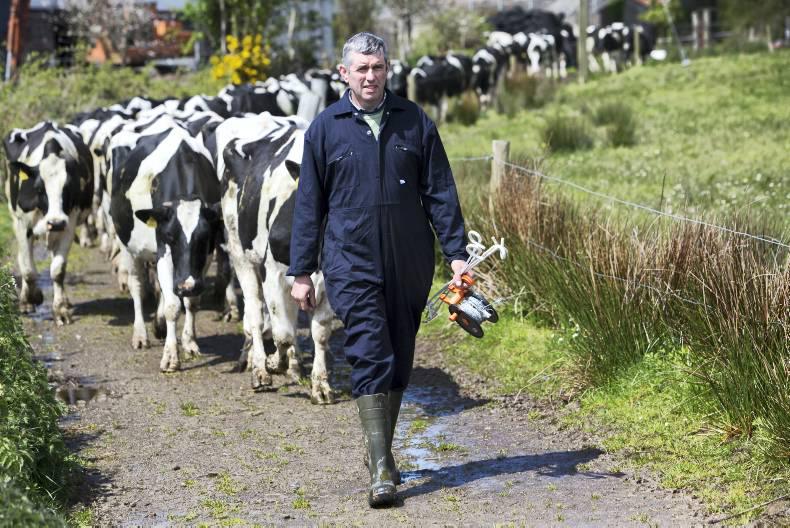A rise in the number of TB reactors in Co Clare last year, raised concerns among farmers and these have not gone away. IFA county chair Andrew Dundas led a delegation to meet with the local District Veterinary Office on the issue in recent weeks.
“They told us that the number of reactors per 1,000 cattle at the end of 2014 was 4.55. That put Clare second only to Wicklow (in Ireland),” he said. “However, the Department officials told us that the rise was as a result of two big herds being depopulated in 2014. That lifted the figure for the number of reactors. But the number of restricted herds was broadly unchanged. Herd incidence at the end of 2014 was 4.18%.”
Dundas now has figures up until the end of June 2015.
“The number of reactors per 1,000 animals was just 2.17. So you’d be hoping things are improving.”
However, he continues to get phone calls every week about TB.
“A good few farmers have had breakdowns in the last few months, who would not have had a TB breakdown in 20 or 25 years. It causes huge stress and concern. Some farmers think it is deer. If there are more pilot studies of TB levels in deer, I want Clare to be included.
Basket case
Wicklow has had the highest TB levels in the country for some years.
“East Wicklow has improved,” IFA chair Tom Short says. “But that’s because a significant number of cattle were taken out in 2014 – over 1,000. That’s out of a total cattle population of only 50,000. A couple of big herds were depopulated.
“On paper that looks great. But it’s a pattern we’ve seen before – a blitz of testing, a lot of cattle removed, easing the situation, but then it rises all over again.
“West Wicklow is in an awful state. There were over 21 reactors per 1,000 head of cattle at the end of June 2015. That’s one of the highest levels seen in the country in a long time. The figure for east Wicklow is 8.2. All in all, Wicklow is a basket case.”
He says there’s a growing acceptance that there is a rising population of deer carrying high levels of the disease, but no decision made yet on what to do about it.
“Deer are not a problem all over the country, but they are here. The pilot study found that 16% of deer examined were TB infected. That’s frightening. For comparison sake, that’s 160 per 1,000. Yet our cows are grazing with them.”
Short is waiting to see the results of two follow-up studies of TB levels in deer with sampling on lower farmland.
“These studies were done down off the hills. I hear that the preliminary results are no different to what was found in the first pilot study on the hills.”
I asked him why deer numbers have increased.
“There’s been a huge amount of clear felling of forestry. That work is displacing the deer. Because there is no burning now on the open hilltops, the vegetation there is gone too strong and the deer won’t graze it. Therefore they are coming down to lowland. Once they get a taste for grass they won’t go back,” says Short.
The Deer Management Forum has to make decisions now, he adds.






 This is a subscriber-only article
This is a subscriber-only article











SHARING OPTIONS: